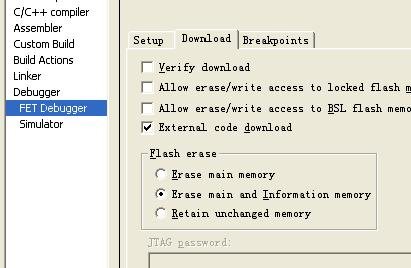I have a few questions about the new line of low voltage MSP430L092 and MSP430C091/2.
http://processors.wiki.ti.com/index.php/Low_Voltage_Microcontrollers_from_MSP430
This seems like very exciting product. In my research on enhanced RFID tags we are wirelessly powering MSP430s, and using them to explore sensor and computation enhanced RFID applications. ( http://wisp.wikispaces.com/). Thus a lower voltage MCU would be of great benefit.
However, it appears that the L092 has several short coming that will make intolerable for use by the wider MSP430 community.
- First the L092 requires external EEPROM, boost converter, and level shifters.
- Second the MSP430C091/2 will be Mask ROM programmable only.
The following excerpts from the “L092 Introduction” slide show help explain some of these choices. http://www.ti.com/ww/en/mcu/multimedia/L092_Introduction/
“The flash technology is not a practical choice for ultra low voltage operation” - Dung Dang
I believe Dung states this because Flash Memory needs a rather high voltage for writing/erasing. For example the MSP430XF line requires 2.2v for a flash write/erase and uses a on-chip charge pump to kick the voltage up to ~15 volts (at nano-amp currents). I can see why it would be impractical to kick 0.9 volts up to 15 volts for on the fly memory storage.
However, what about using flash only for programming so we do not have to use an external ROM, boost converter, and level shifters? Basically, this is how many engineers use the current MSP430 line. We program the MSP430 at 2.2v, and run it at 1.8v.
“Hence the optimized memory solution is to use RAM and ROM for the L092 family. Specifically the variant with the RAM only memory can be used during development or prototype. And once moving on to production, when the firmware is finalized, it can be stored into the ROM mask, in the ROM variant, the MSP430CO92, for mass production.”
“The L092 requires a non-volatile SPI memory external to the device to retain the firmware for the L092. Upon startup the L092 would boot the SPI memory IC and retrieve the firmware for its operation.” - Dung Dang
It seems to me that most users will never benefit for the native ROM. We would have to deploy tens of thousands of devices to justify the cost and hassle of having TI burn the ROM for us. Secondly there is no way to get an accurate sense of startup condition for the CO92 if we can only dev on the L092 which requires a lot of extra components.
“Mask ROM (MROM) is a type of read-only memory (ROM) whose contents are programmed by the integrated circuit manufacturer (rather than by the user)” -http://en.wikipedia.org/wiki/Mask_ROM
My questions boil down to:
- Does TI intend to offer a 0.9v device that can be programmed (repeatedly) without the use of external components?
- Is there any chance of getting a F092 variant even if memory is only usable at the time of programming?
Thanks,
asample


